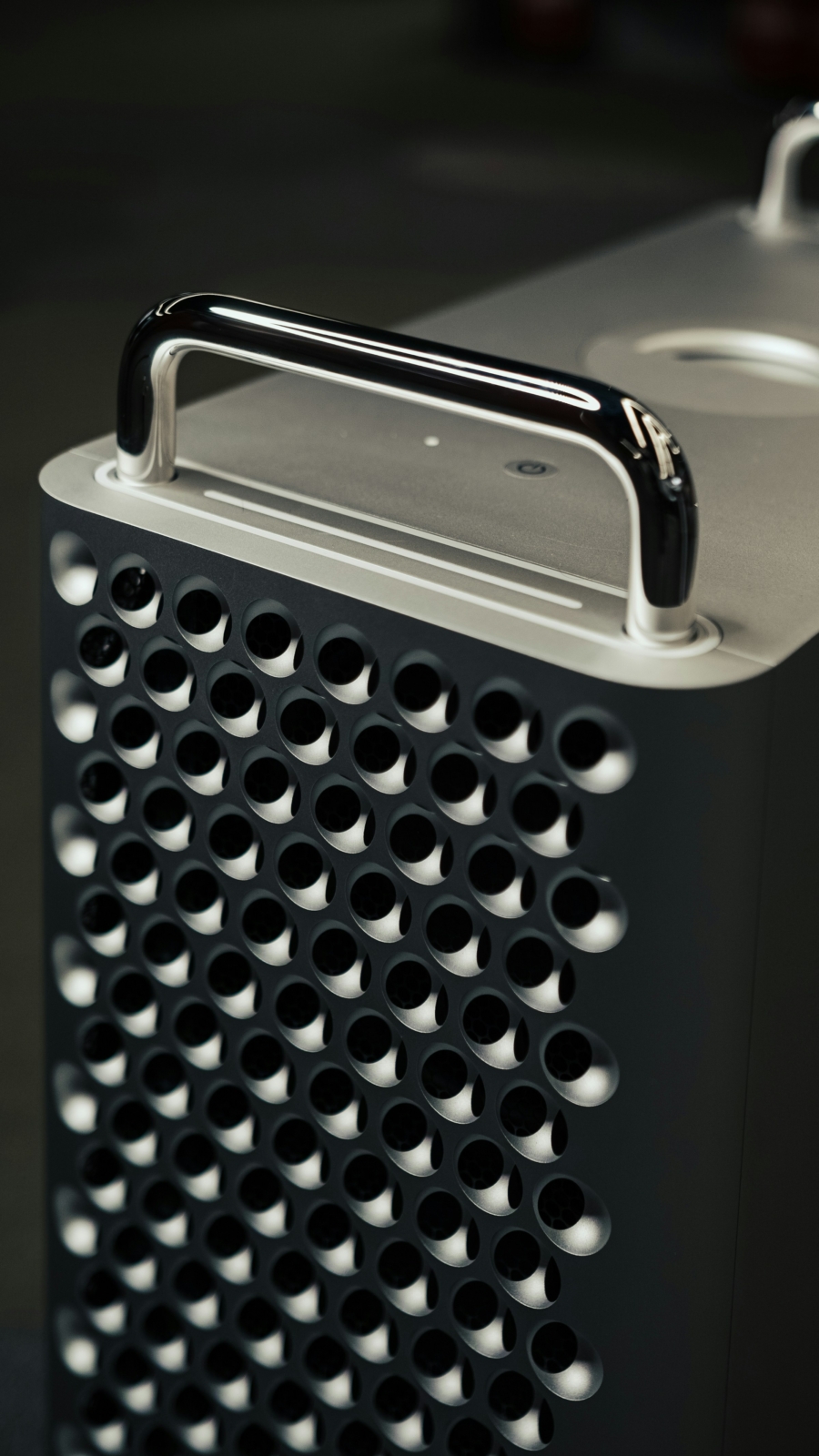The Sale of Intel Mac Pro
This is merely a beginning of my long journey into transition out of Intel Macs. I first started looking into how other Intel Mac owners are faring in South Korea, as the region is quite unusual when it comes to trade-ins, and I wanted to see what my options were with my old Mac Pro. It was odder than I expected as most trade-in businesses were interested in Apple laptops, the ARM laptops, and hardly had any experience handling a Mac that is fully fledged desktop, let alone x86 machines, or all-in-one like iMacs.
As it is an x86 Mac, I was able to salvage most of the components that aren’t outdated or can be carried over to a next build. I wasn’t planning to buy a new Apple Silicon Mac Pro — hardware is too limited in both upgradeability and in regional support. Instead, I opted to keep my MacBook Air as the main computer, hooked up to an external monitor, mouse, and keyboard. Most of the AI tasks and DIY projects run smoothly on the new SoC, sometimes even outperform the old x86. I did look into Mac Studios, but I was already satisfied with what my M2 machine offers, along with some of the cloud alternatives for the tasks I would have run locally before 2020. Perhaps I might consider a M5 or M6 MacBook Pro if and when it is absolutely necessary.
On some tangent notes, the technical explanations that I found for this apparent performance was that Apple Silicon has several specialized processors masking itself to be a fast computer in practical use. In the most strict definition of general computing, though I doubt Mac was ever popular as a general computing machine in either academic or industrial applications, Apple Silicon doesn’t always outperform its competitors.
After the salvage work was done and a PC desktop is built, I wanted to sell my old Mac Pro. Simply throwing it out was not an option; you can’t throw out e-waste in most parts of the world. But even if I could, I wanted someone who needs an x86 Mac to take it. As Apple has transitioned to ARM-based, I’ve seen fair share of hobbyists and archivists (or both) who wish to collect more x86 machines. I tried to sell the machine on eBay only to realize the shipping cost, insurance, and extra handling fee would make it untenable to reach international buyers.
On a second tangent note, there were things I learned as I was building a new PC — how some of the trends Apple predicted were wrong. While silent PC is more popular than ever, “silent case” is no longer as popular as it used to be. 2019 Mac Pro was heavily criticized for its cheese grater style intakes, and now most PC cases are built in open style, so that air can flow as freely as possible. With silent case structure, Apple completely missed the mark on the growing size of the graphics card, as the components are caged inside the giant block of metal. In the following years since 2019, GPU has grown out of proportions to the point it no longer fits inside 290mm Mac Pro case. Lastly, as far as I know, no other manufacturers used MPX standard. It fixes several of the issues modern PCIe cards suffer from: lack of structural support and lack of power support. GPUs often need an additional footing, sag bracket or support bracket, to support its own weight; otherwise PCIe ports on a motherboard can’t hold that much physical weight. Same goes for the power. We are already seeing graphics cards with two 12VHPWR ports, as it’s just as power hungry as ever.
I did end up finding a local computer recycling shop that’s specialized in buy-backs for workstations, servers, and etc. I had to make an appointment for the pickup, otherwise the workstation would be simply too big to be handled by a local courier. Hopefully, my old x86 machine will see another day doing more only what a last x86 machine can do.
